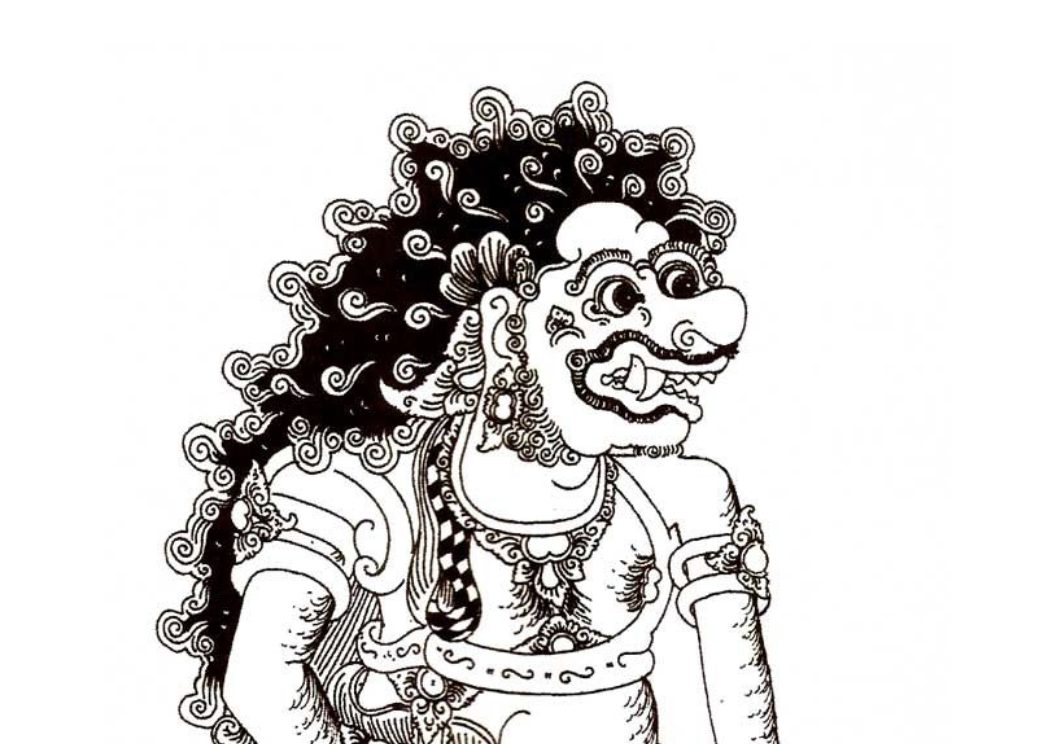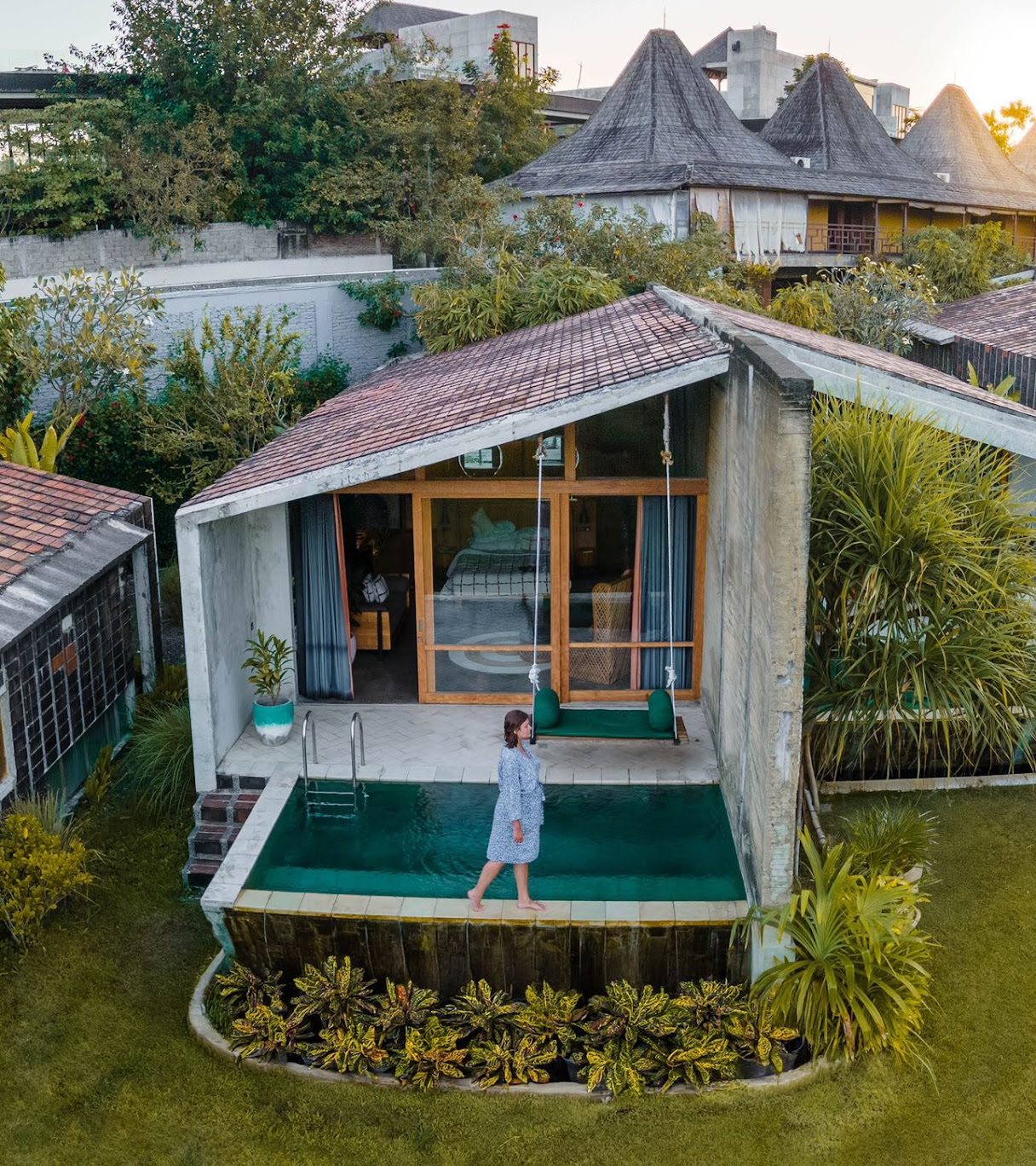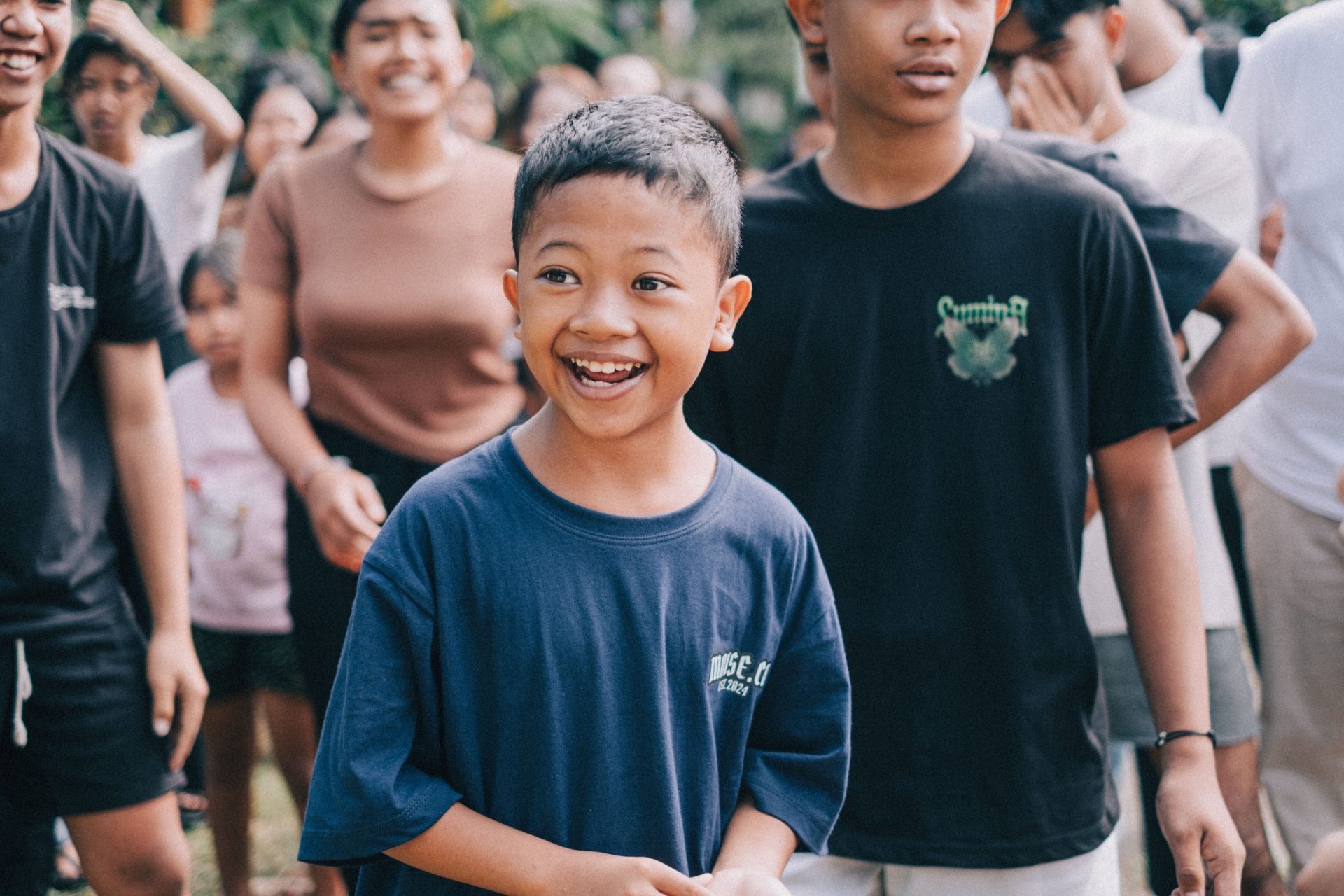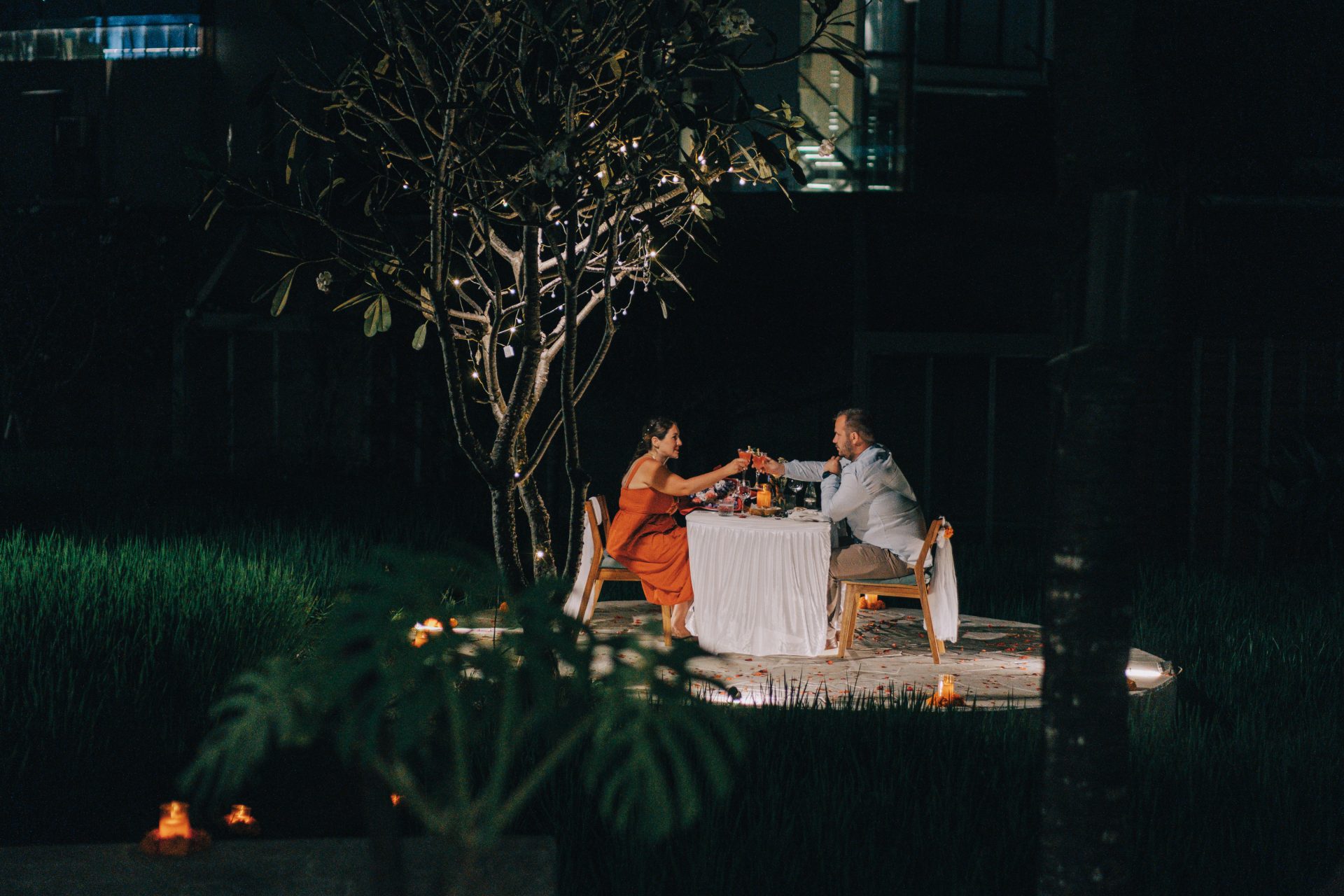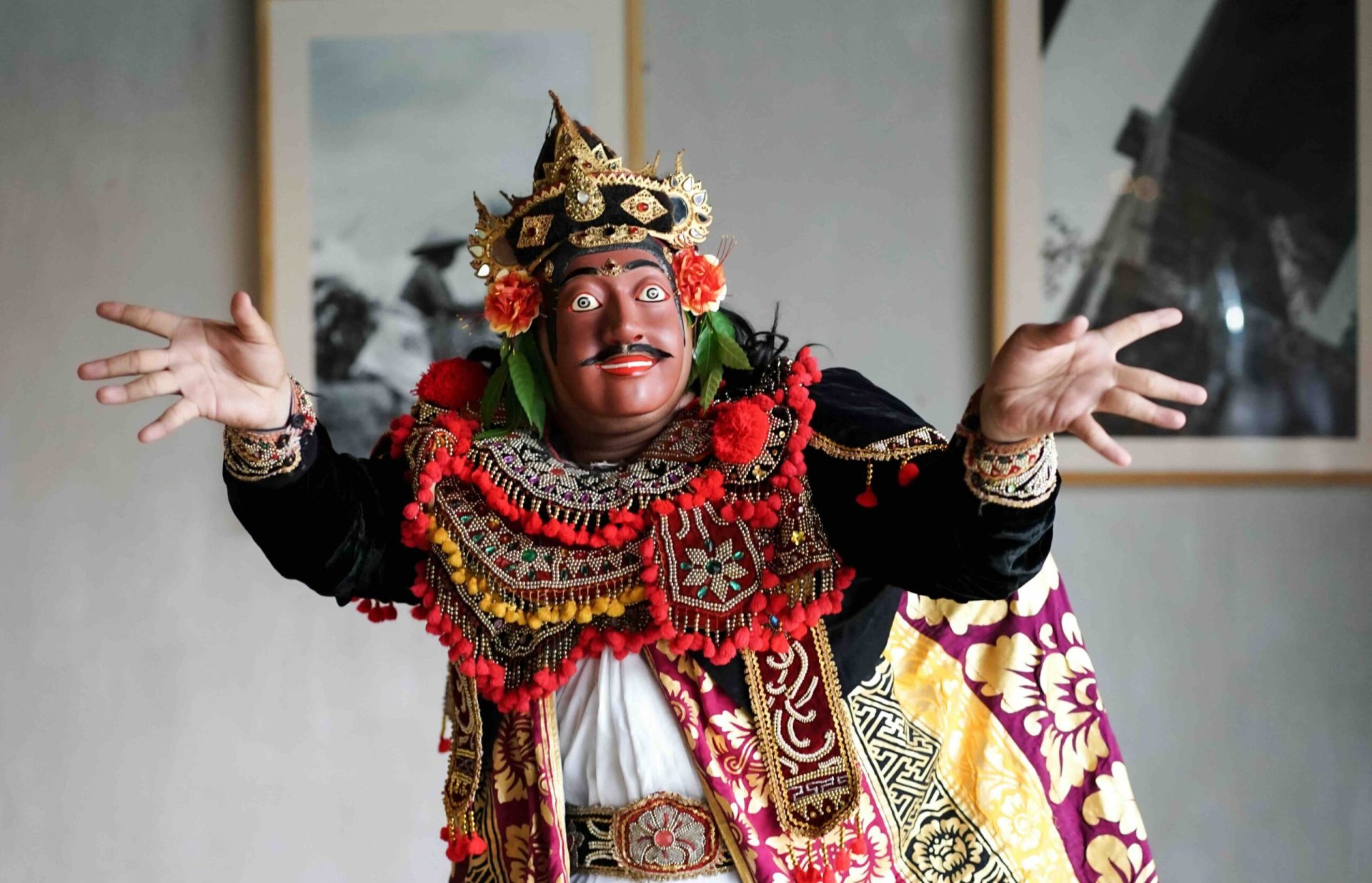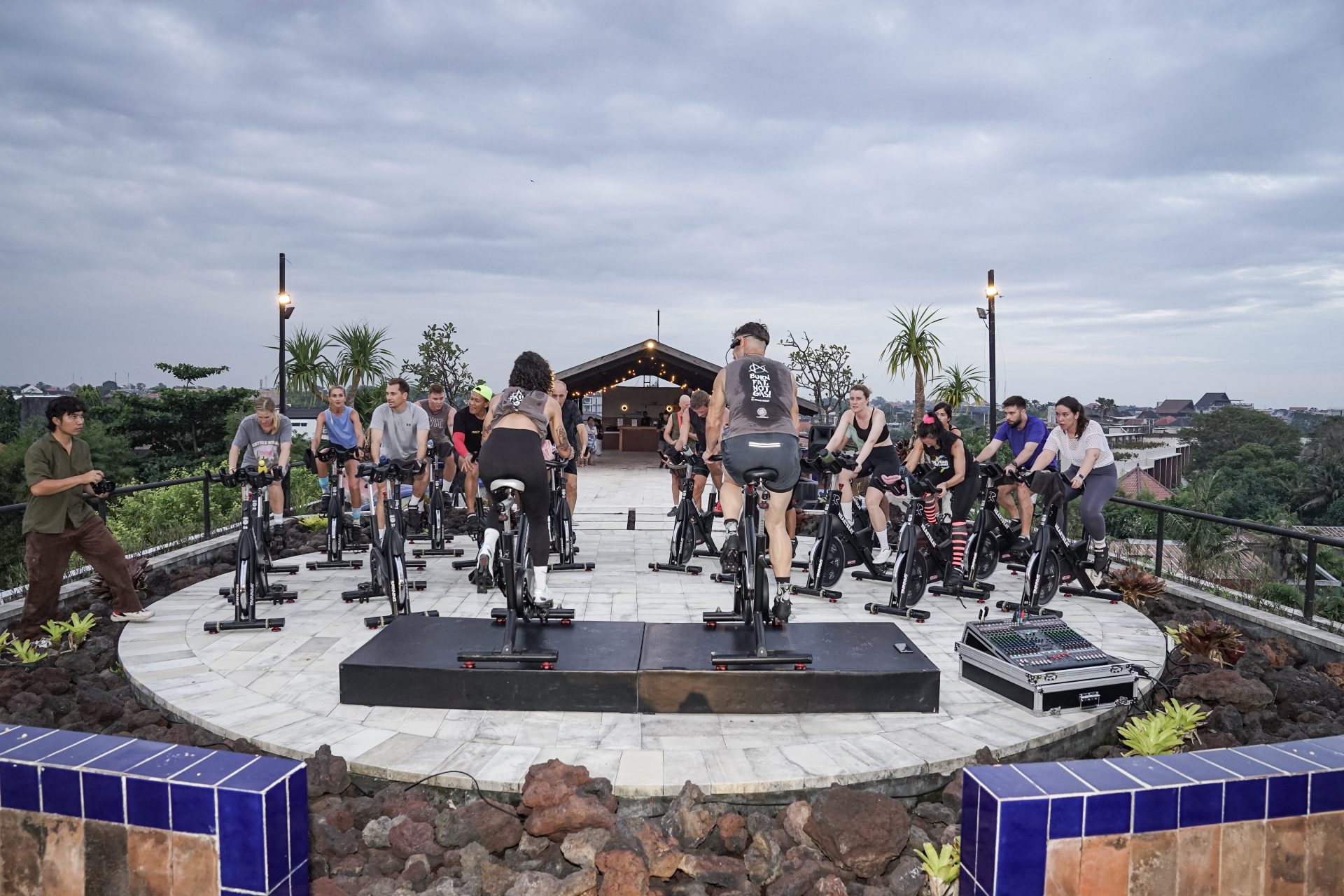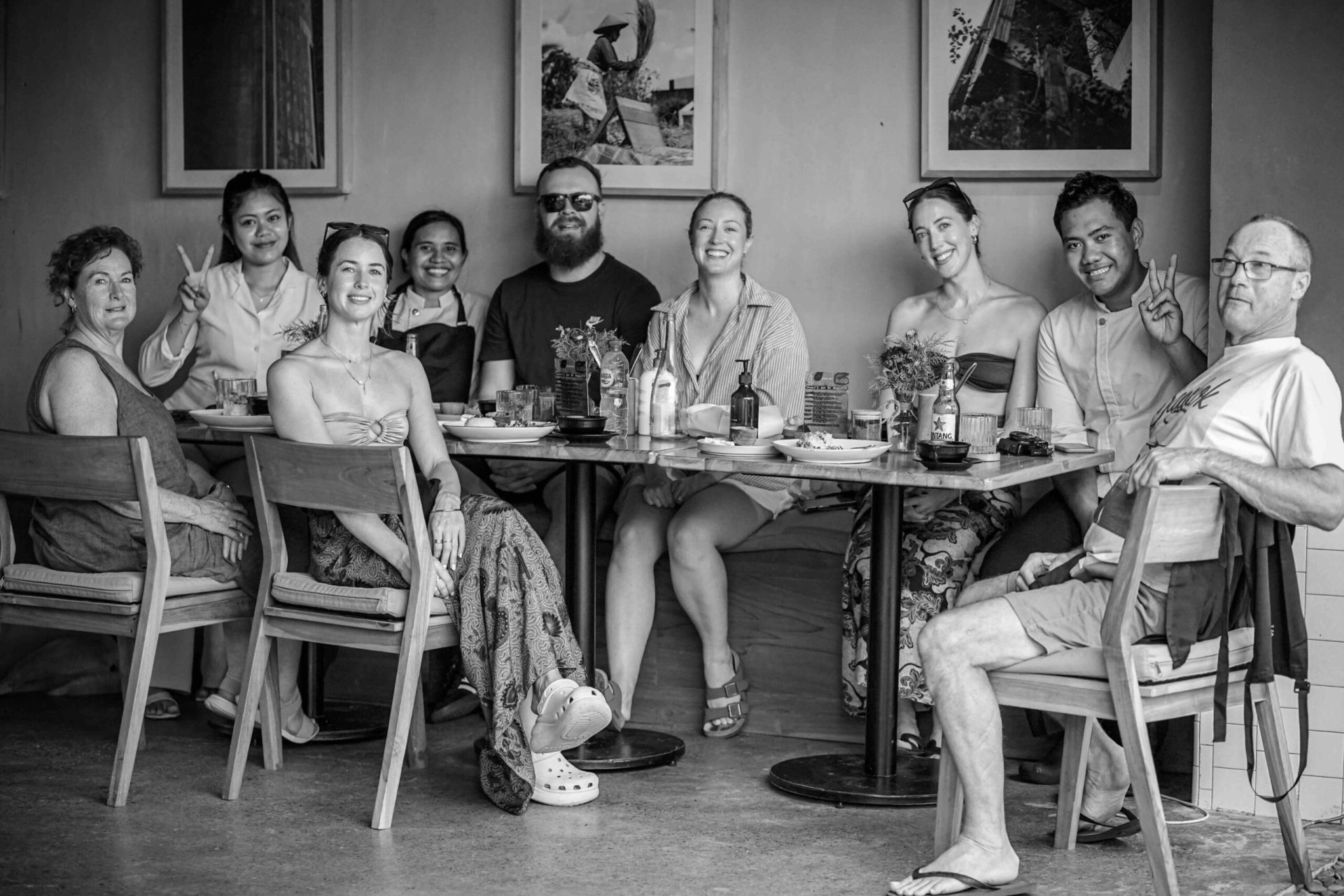17th January, 2024 – BOHEME CANGGU
Joged Bumbung is a lively and traditional dance performance from Bali, designed for both the local community and tourists seeking entertainment. Among the nine Balinese dances proposed for UNESCO’s world cultural heritage, Joged Bumbung is recognized as a secular dance. Believed to originate from Buleleng Regency in the 1940s, this dance is a cultural gem.
The term “joged” refers to movement or dance, while “bumbung” locally signifies bamboo. It combines dance with the enchanting sounds of bamboo music. Initially crafted by farmers for leisure, Joged Bumbung gained popularity, transforming into a beloved social dance.
Frequently showcased during the harvest season, festivals, weddings, and corporate events, the dance involves female performers accompanied by bamboo instruments like Grantang or gamelan Gegrantangan or Tingklik. The participatory nature of Joged Bumbung encourages audience involvement, known as “ngibing,” often led by male participants.
Dancers engage the audience by inviting them to join the dance, a collaborative effort where the chosen participants, typically men, find it difficult to decline the invitation. The dancer, with a traditional folding fan, gracefully approaches the chosen male, symbolizing the invitation, and sometimes ties a scarf around him. This playful interaction can spark jealousy among wives witnessing their husbands dance with the joged dancer.
Characterized by agile and dynamic movements with room for improvisation, the dancer’s costume includes a fabric (kamben), kebaya, oncer, and a distinctive headdress called gelungan joged. The traditional folding fan is wielded with grace, adding to the overall charm of the Joged Bumbung dance.




